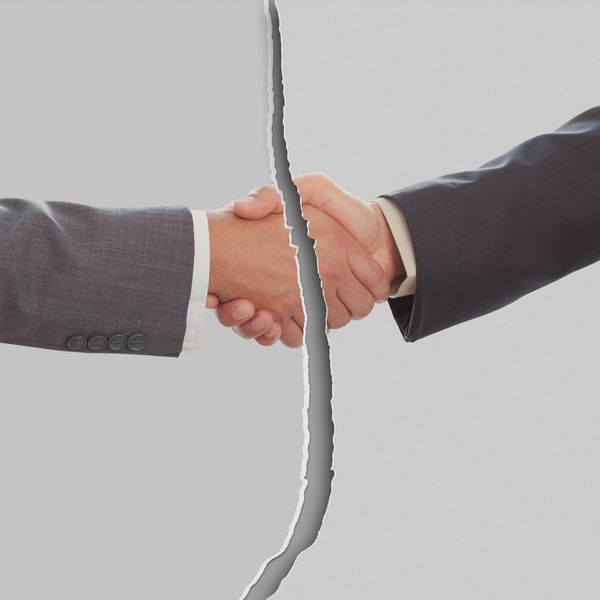Dealing with Violence: Signs of the Violent (part 2 of 5)
As I mentioned on Tuesday, I'm going to devote a few weeks to talking about violence -- both in the workplace and in other areas of our life.
It's kind of a scary topic for a lot of us, because people generally haven't encountered it much, or, if they have encountered it, they don't often know how to respond. If you were exposed to violence as a child, for instance, you may have a heightened sensitivity to even the slightest hint of it. On the other hand, you may have become numb to the signs of impending violence and so, as an adult, aren't always able to suss out when someone is behaving badly or dangerously.
But one of the first things it helps to learn is just who tends to get violent. Interestingly, various psychologists and law enforcement authorities have come up with pretty closely matched profiles of people who are more likely to become violent than others. The characteristics of that profile include:
- Solitary
- White male in 40s
- History of violence (including domestic abuse)
- Prone to conspiracy theories
- Think and talk a lot about violence
- Bitter or otherwise unhappy
- Not satisfied with certain aspects of the job (including its security or responsibilities)
- Childhood issues (abusive or neglectful parents, bad grades, lack of friends)
- Substance abuse, including medications
Moreover, there are specific behaviors in these type of people that may warn that they're ramping up to a violent episode, including:
- complaining of being treated unfairly
- showing signs of mental instability
- isolating themselves
- have perhaps been disciplined for something recently
- insistence on being right, to the point of losing temper
- increased conflict with others
In the very short term, signs that someone is about to get violent within the next few minutes include:
- rapid or loud speech
- sudden change in demeanor or behavior
- signs of confusion
- gritted teeth, widened eyes, flared nostrils, clenched hands
- restlessness



